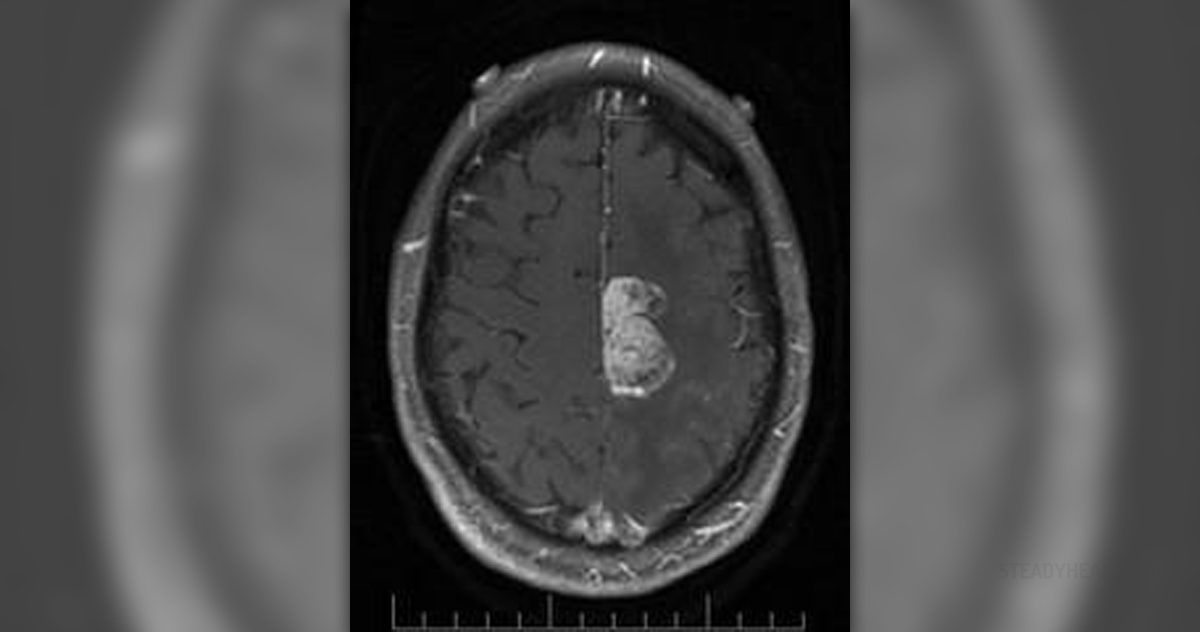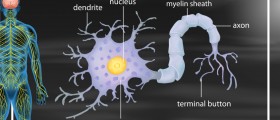
What is Multiple Sclerosis?
Multiple sclerosis (MS) is a disorder of the nervous system characterized by damaged fatty myelin sheaths surrounding the axons of the brain and the spinal cord. Such anomalies cause scarring and loss or destruction of myelin. Myelin is a combination of proteins and phospholipids that cover many nerve fibers and increase the speed at which impulses are transported. Multiple sclerosis is essentially a disturbance in communication among the nerve cells in the brain and spinal cord. Their communication is conducted using long fibers called axons that are found within myelin. Also, MS causes the body’s own immune system to attack the myelin. Once the myelin is lost the axons can no longer transmit signals.Prevalence and Causes
When it comes to the prevalence of MS it is more often found in women and in general affects anywhere between 2 and 150 individuals per 100, 000. The first signs and symptoms usually appear during young adulthood. The term multiple sclerosis refers to scars or lesion that are created in the white matter created mostly by myelin in the brain and spinal cord. The activities of the disease are mostly understood, but as far as the root causes go they remain unclear. Some experts postulate that genetic defects are responsible for the development of the disease while others believe various types of infections cause multiple sclerosis. Other than the causes, many researchers are also concerned with the risk and predisposing factors. Most neurological diseases result in both physical and cognitive impairment and MS is no different.Symptoms and Treatment
The symptoms usually appear in two different ways, either as discrete attacks that relapse every once in a while, or via progressive accumulation over time. Both types of symptoms are more intense in the later stages of the disease, and presently there is no cure for multiple sclerosis. As far as the treatment goes its main purpose is either to prevent attacks altogether, restore functionality after an attack, and try and put a stop to long-term disability. The majority of multiple sclerosis medications produce side effects and as a result many affected individuals seek alternative kinds of treatment despite the fact that there haven’t been many clinical trials supporting the effects produced by alternative drugs. As far as the life expectancy goes most people battling MS live on average 5 to 10 years shorter than the members of the general population. The prognosis most often depends on the degree of disability, the underlying symptoms, and the subtype of the condition.How is Multiple Sclerosis Diagnosed?
Diagnosing multiple sclerosis can be quite a challenge as the signs and symptoms are very similar to other medical conditions. As is the case with many other problems, there is a standardized diagnostic process established to assist in assessing MS especially in its early stages. Lab tests and radiological data are usually enough to make an MS diagnosis provided that the patient has had separate attacks of symptoms. Neuroimaging, such as an MRI scan, and analysis of cerebrospinal fluid are the most frequently used tests for diagnosing MS. An MRI shows very clear lesions produced by the loss or damage of myelin. In addition, an MRI scan is able to detect MS related changes in the brain and spinal cord in over 90 percent of individuals suspected of suffering from the disease. It does not make use of any X-rays but rather relies on a large magnet, radio waves, and a computer to generate images of the human body. In most cases an MRI proves to be more precise than a CAT scan or many other imaging techniques. Aside from being the most reliable method for diagnosing MS, it should be noted that the signs of aging could appear like the symptoms of MS on an MRI scan. MRI is fairly safe to use and if individuals strictly obey the guidelines even those with heart, joint, and other problems can undergo MRI scanning. Not surprisingly, there are instances in which MRIs should be avoided. For instance, overweight persons should not use MRI and neither should pregnant women. Individuals with eye or ear implants, implanted insulin pumps or those with cerebral aneurysm clips need to stay away from MRIs. Prior to coming down for the test personal items should be left at home and about 2 hours should be allotted for the scanning. The exam itself lasts anywhere between 40 and 80 minutes. In many instances the nurses and technicians will ask the patient to wear a hospital gown. Also, a substance called gadolinium is injected into an individual to make the lesions appear clearer. The fluid extracted from the spine is used to determine whether there is an inflammation in the central nervous system. Lastly, persons suffering from the MS take more time to respond to optic nerve and sensory stimulation because of the loss of myelin.

_f_280x120.jpg)





_f_280x120.jpg)

_f_280x120.jpg)

-and-Multiple-Sclerosis-Differences-And-Similarities_f_280x120.jpg)
-And-Multiple-Sclerosis-Differences-And-Similarities_f_280x120.jpg)



Your thoughts on this
Loading...